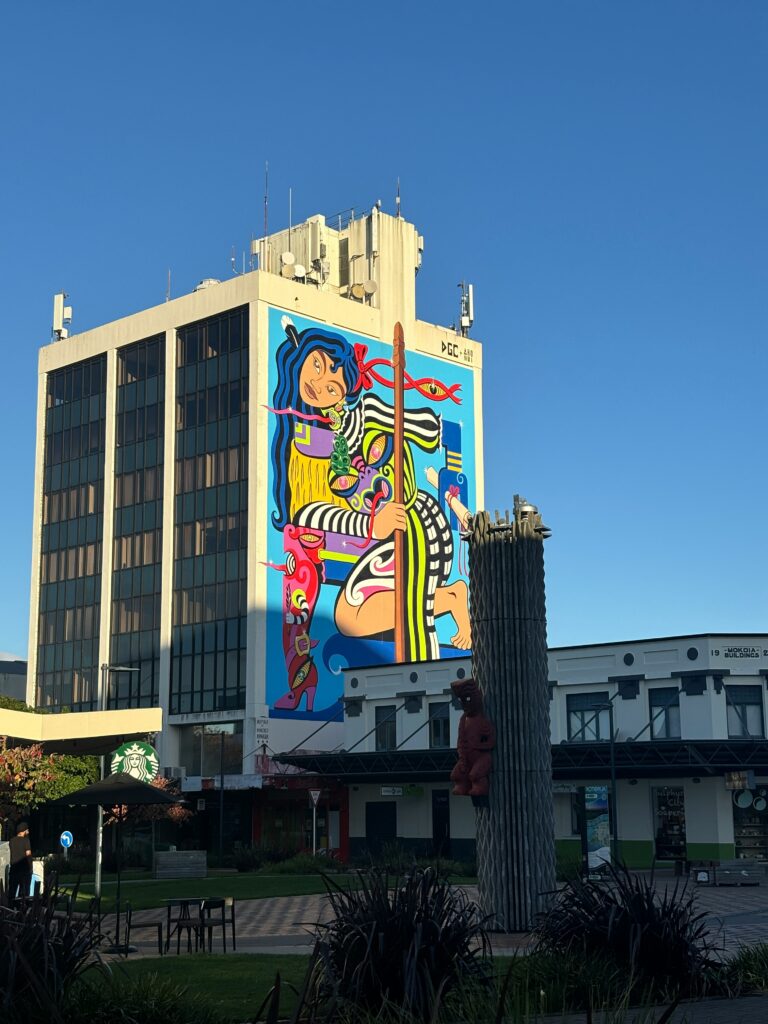Building a Culture of Safety That Starts Before the Classroom
Consent education is a necessary part of the puzzle—but on its own, it’s not enough.
Every year, young people across Aotearoa are given messages about consent, respect, and boundaries—usually as part of a one-off school session or health curriculum. And while those sessions can spark important conversations, they’re often too late, too shallow, and disconnected from the wider environment in which rangatahi live.
At Hikitia!, we’re working to change that.
We know that prevention starts long before the classroom. It begins with the messages we receive in our whānau, the ways we’re cared for as pēpi and tamariki, and the everyday interactions that shape how we understand ourselves and others. It continues in the playground, the group chat, the sports team, the whare, and every place where young people form relationships.
If we want to prevent harm, we can’t just teach rules—we have to build culture. That means building cultures of safety, respect, and mana-enhancing relationships across the entire ecosystem.
That’s why Hikitia! doesn’t focus only on “delivering” content into schools. Instead, we work with school leaders, teachers, support staff, whānau, and most importantly—rangatahi themselves. Together, we ask:
- What does a safe school feel like?
- What happens when someone discloses harm?
- How are young people treated when they speak up?
- Do students feel heard, valued, and protected?
These are the questions that get to the heart of prevention.
We also recognise that young people are not just participants in this work—they are leaders. Their voices, insights, and lived experiences are essential to shaping prevention strategies that work. We support spaces for rangatahi to design solutions, influence decisions, and hold leadership within their own contexts.
Ultimately, this is about going beyond awareness to transformation. Beyond tick-box lessons to whole-community accountability.
Because when young people feel safe, seen, and supported, they’re not just less likely to experience harm—they’re more likely to thrive. And that’s the future we’re working toward.
